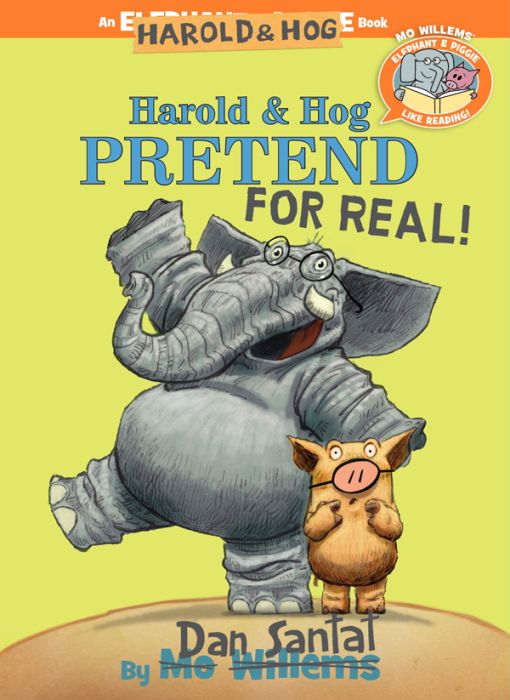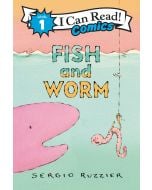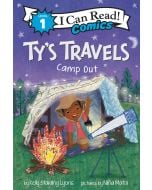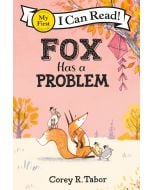
Harold & Hog Pretend For Real!: Elephant & Piggie Like Reading!
Series Elephant & Piggie Like Reading! Written and illustrated by Dan Santat
Edition
SLJ Best Books - 2019
CPL Best Books - 2019
Series Elephant & Piggie Like Reading! Written and illustrated by Dan Santat
Hardcover edition
Publisher Disney Book Group Imprint Disney-Hyperion ISBN9781368027168
Awards and Honors Kirkus Best Books - 2019SLJ Best Books - 2019
CPL Best Books - 2019
Harold & Hog Pretend For Real!: Elephant & Piggie Like Reading!
 10.5
10.5
Out of stock
SKU
9781368027168J
Hog is careful. Harold is not.
Harold cannot help smiling. Hog can.
Hog worries so that Harold does not have to.
Harold and Hog are best friends. But can Harold and Hog's friendship survive a game of pretending to be Elephant & Piggie?
Full-color illustrations.
Harold cannot help smiling. Hog can.
Hog worries so that Harold does not have to.
Harold and Hog are best friends. But can Harold and Hog's friendship survive a game of pretending to be Elephant & Piggie?
Full-color illustrations.
|
Standard MARC Records Cover Art |
Emergent Readers Plus (Grades K-2)
Emergent Readers Plus
Emergent Readers Plus (Grades K-2)
For Grades K-2
This collection includes 14 books per year featuring short, enjoyable texts with large type, familiar vocabulary, and natural repetition to build confidence in new readers. With a mix of humorous fiction and appealing nonfiction, these books encourage reading success through playful storytelling and vibrant illustrations.
14 books per Year
$228.76 per Year
Interests
Beginning Readers, ESL, Fiction, Picture Books, Storytime/Read Alouds





